Author: Phil Rusher
In addition to contributing the required bitterness to beer, hops provide a wide spectrum of unique aromas and flavors, from earthy and spicy to floral and fruity. Hops are a flower of humulus lupulis plant that get separated from the bine at harvesting before being dried. While these whole cone hops are ready for use at this point, many go on to be further processed into small, easy-to-use pellets.
Over the last few years, some curious new hop products have entered the market, most purported to amplify overall hop character while decreasing vegetal matter. One such product is Hop Hash, a powdery concentration of lupulin glands that’s packed with acids and oils and largely free of vegetal matter. Interestingly, unlike other new hop products, Hop Hash wasn’t developed through an expensive R&D process, as it’s simply a byproduct of the pelletizing process, the collected dust that settles on the machines as hops were being pulverized and turned into pellets.
I’ve used a number of different hop products over the years with the hope of discovering something that imparts a hoppy punch without all the plant material, particularly as a way to increase yield when dry hopping. Based on the description, Hop Hash seemed like an excellent solution, so picked some up to test out for myself.
| PURPOSE |
To evaluate the differences between beers dry hopped with either pellets or Hop Hash.
| METHODS |
Given the vast difference in alpha acid level between the pellets and the Hop Hash, I brewed a simple Blonde Ale that received a single early kettle addition of a clean high alpha hop, then dry hopped each batch with either product so as to ensure similar bitterness levels.
Dave’s Not Here
Recipe Details
| Batch Size | Boil Time | IBU | SRM | Est. OG | Est. FG | ABV |
|---|---|---|---|---|---|---|
| 5.5 gal | 60 min | 96.7 IBUs | 5.5 SRM | 1.052 | 1.013 | 5.2 % |
| Actuals | 1.052 | 1.007 | 5.9 % | |||
Fermentables
| Name | Amount | % |
|---|---|---|
| Mecca Grade Lamonta: Pale American Barley Malt | 10 lbs | 88.89 |
| Mecca Grade Wickiup: Red Wheat Malt | 1 lbs | 8.89 |
| Mecca Grade Opal 44: Toasted Toffee Barley Malt | 4 oz | 2.22 |
Hops
| Name | Amount | Time | Use | Form | Alpha % |
|---|---|---|---|---|---|
| Centennial Hop Hash | 28 g | 8 days | Boil | Pellet | 24 |
| Hallertau Magnum | 15 g | 60 min | Boil | Pellet | 11 |
Yeast
| Name | Lab | Attenuation | Temperature |
|---|---|---|---|
| Independence (A15) | Imperial Yeast | 74% | 60°F - 72°F |
Notes
| Water Profile: Ca 50 | Mg 7 | Na 5 | SO4 75 | Cl 60 |
Download
| Download this recipe's BeerXML file |
Two days prior to brewing, I made a single large yeast starter of Imperial Yeast A15 Independence.
I then collected the full volume of RO water.
On brew day, I adjusted the water to my desired profile and began heating it up before milling identical sets of grain for each batch.
With the water adequately heated, I stirred in the grains before checking to make sure it hit my target mash temperature.
Following the 60 minute mash rest, I collected the sweet wort then proceeded with a 60 minute boil, making only the single bittering addition of Magnum.
When the boil was complete, I quickly chilled the wort with my IC then took a hydrometer measurement confirming it was at my intended OG.
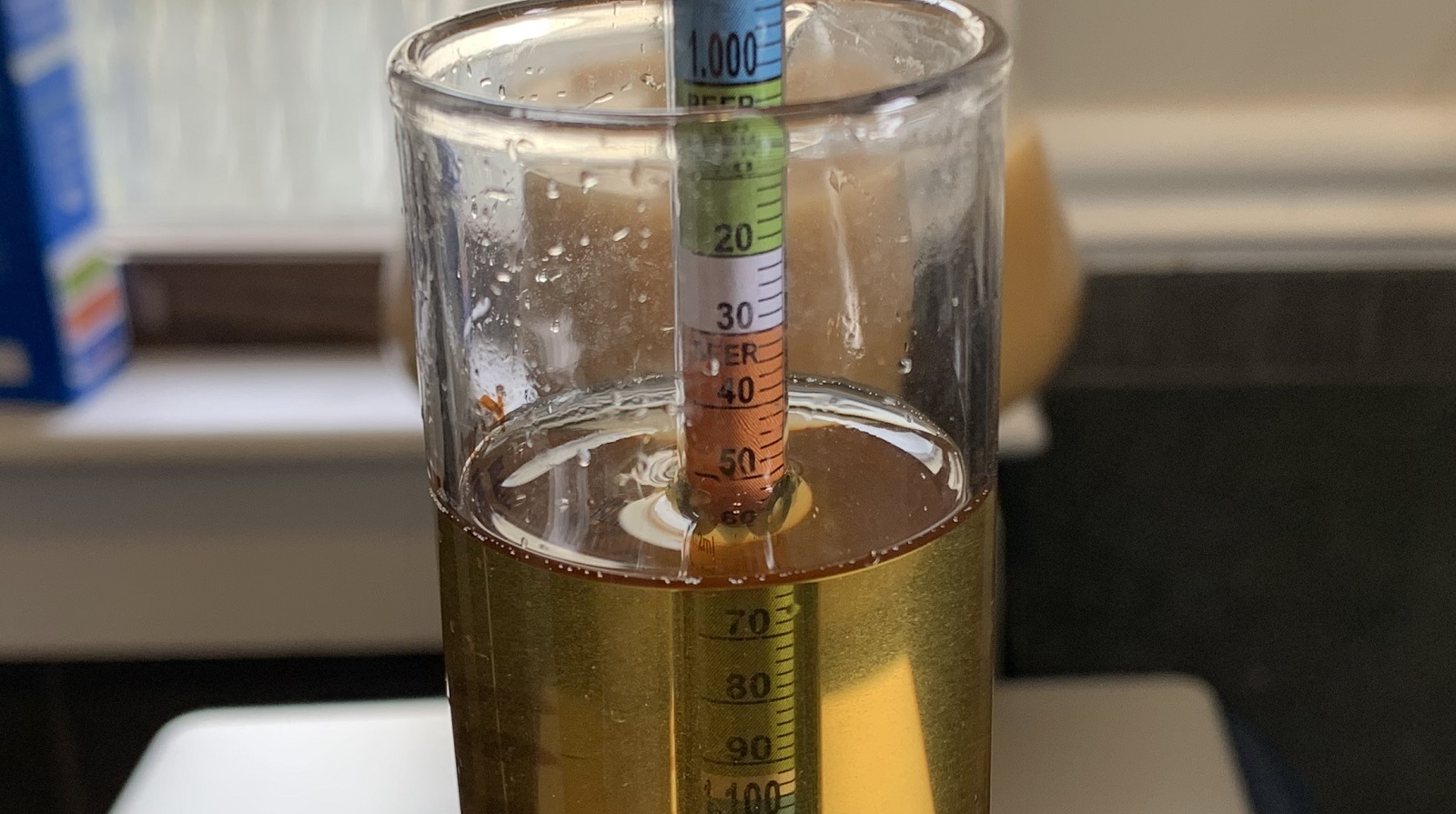
Equal volumes of wort were racked to identical Brew Buckets.
After splitting the yeast starter between the batches, they were placed in my fermentation fridge controlled to 66°F/19°C.
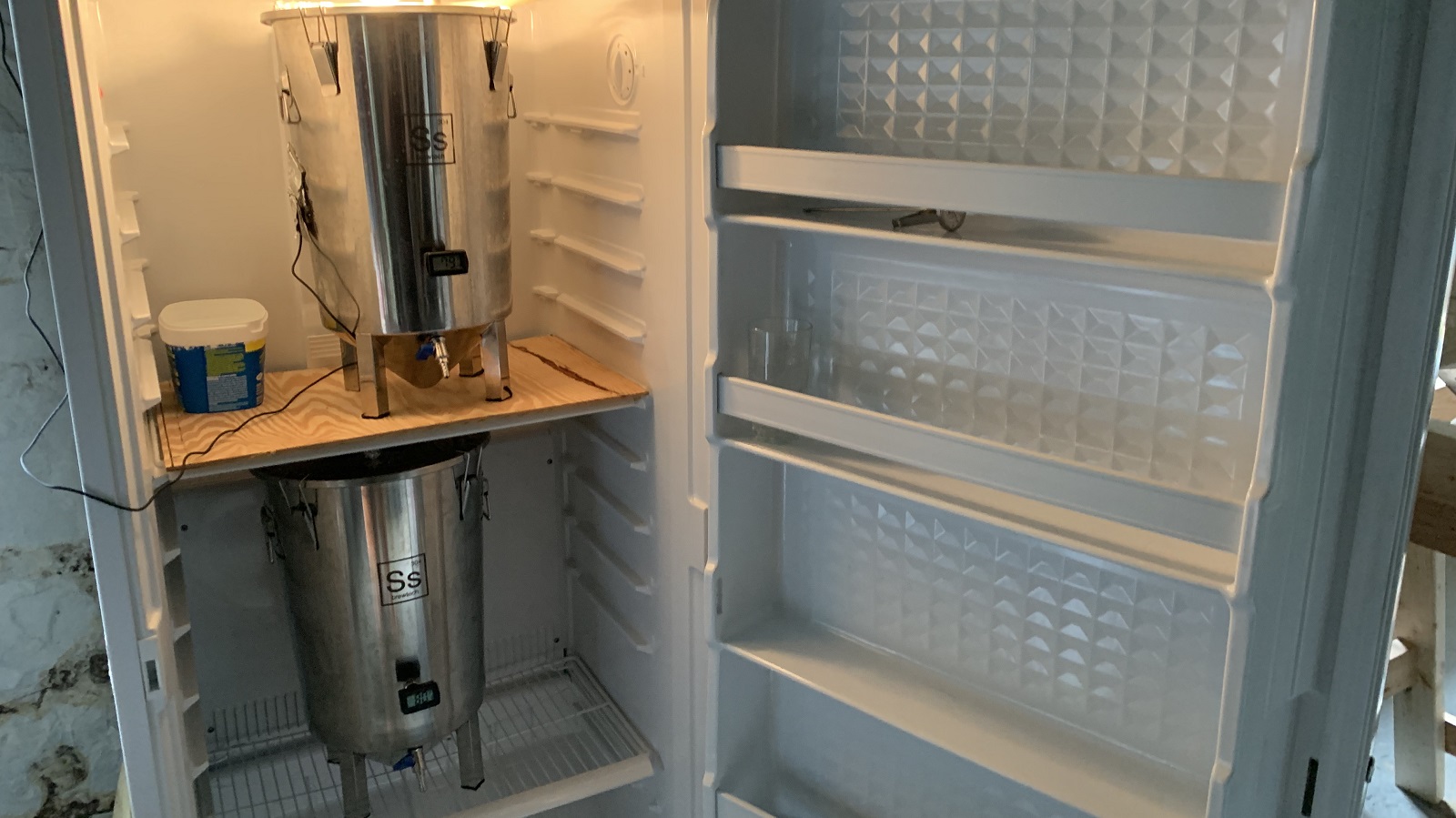
After 4 days of fermentation, I made the dry hop additions, pellets into one and Hop Hash into the other.
The beers were left alone for 8 days before I took hydrometer measurements confirming the same FG had been reached in both.
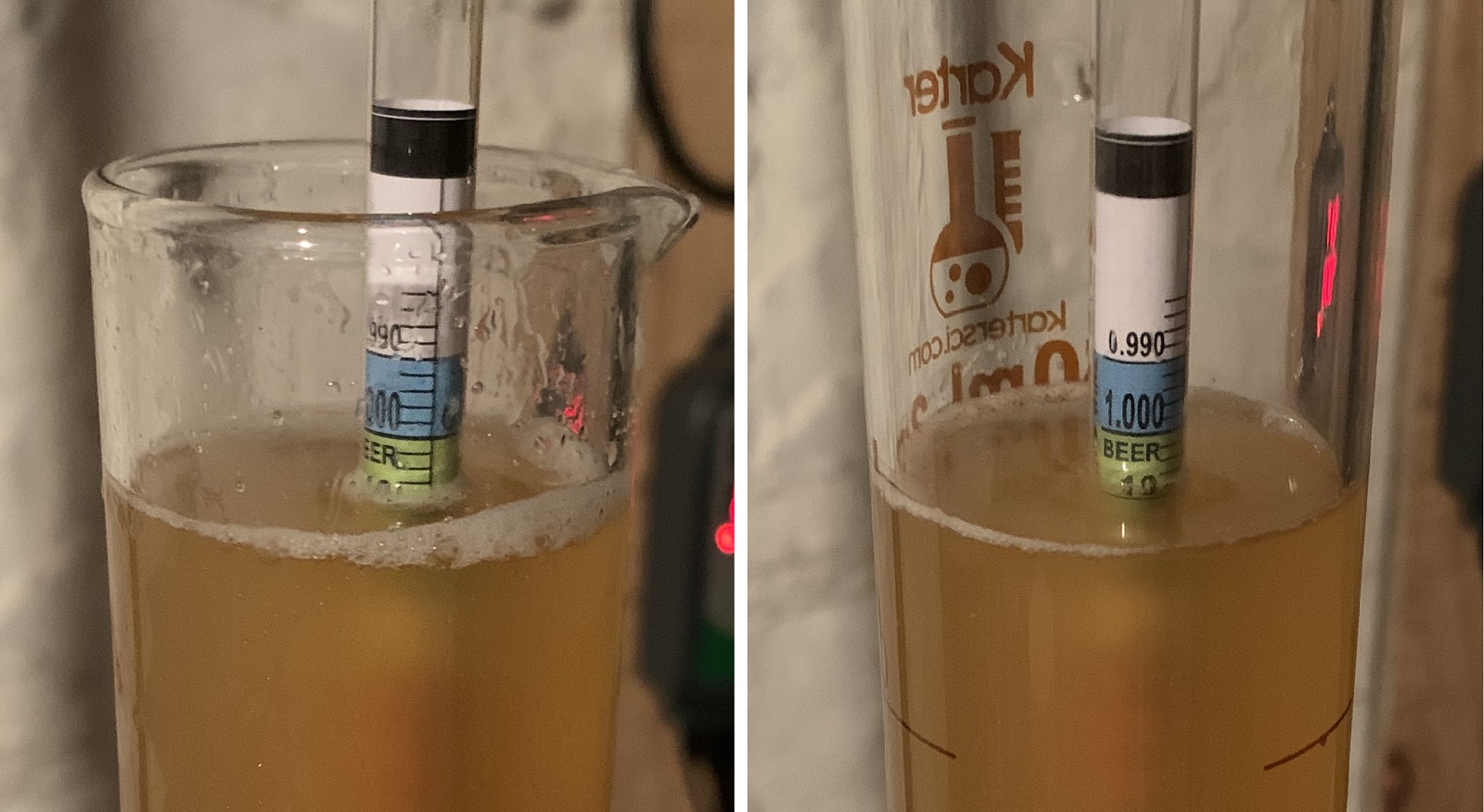
At this point, I proceeded with transferring the beers to CO2 purged kegs.
After filling the kegs, I noticed only a slight difference in the way the trub from each batch looked.
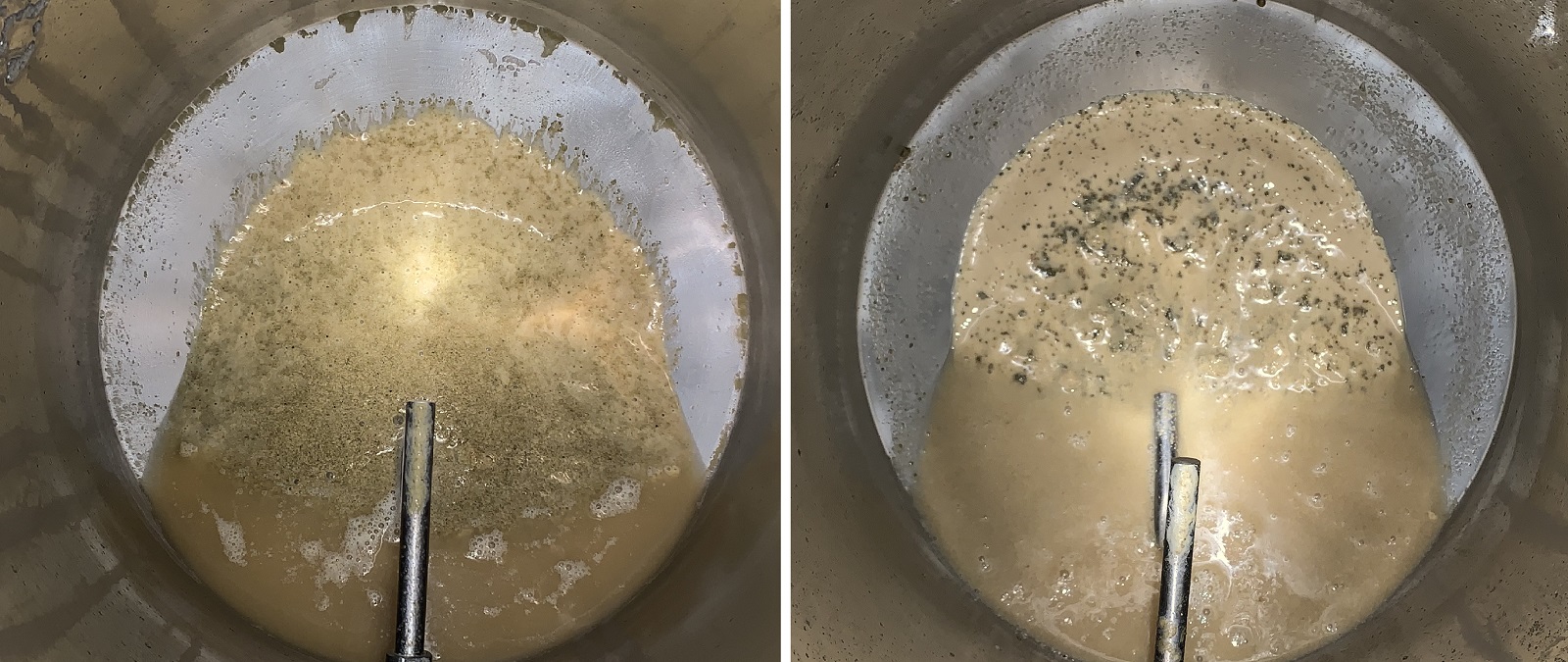
The filled kegs were placed in my cool keezer and burst carbonated before reducing to serving pressure and left to condition over the course of a couple weeks, at which point they were ready to serve to tasters.
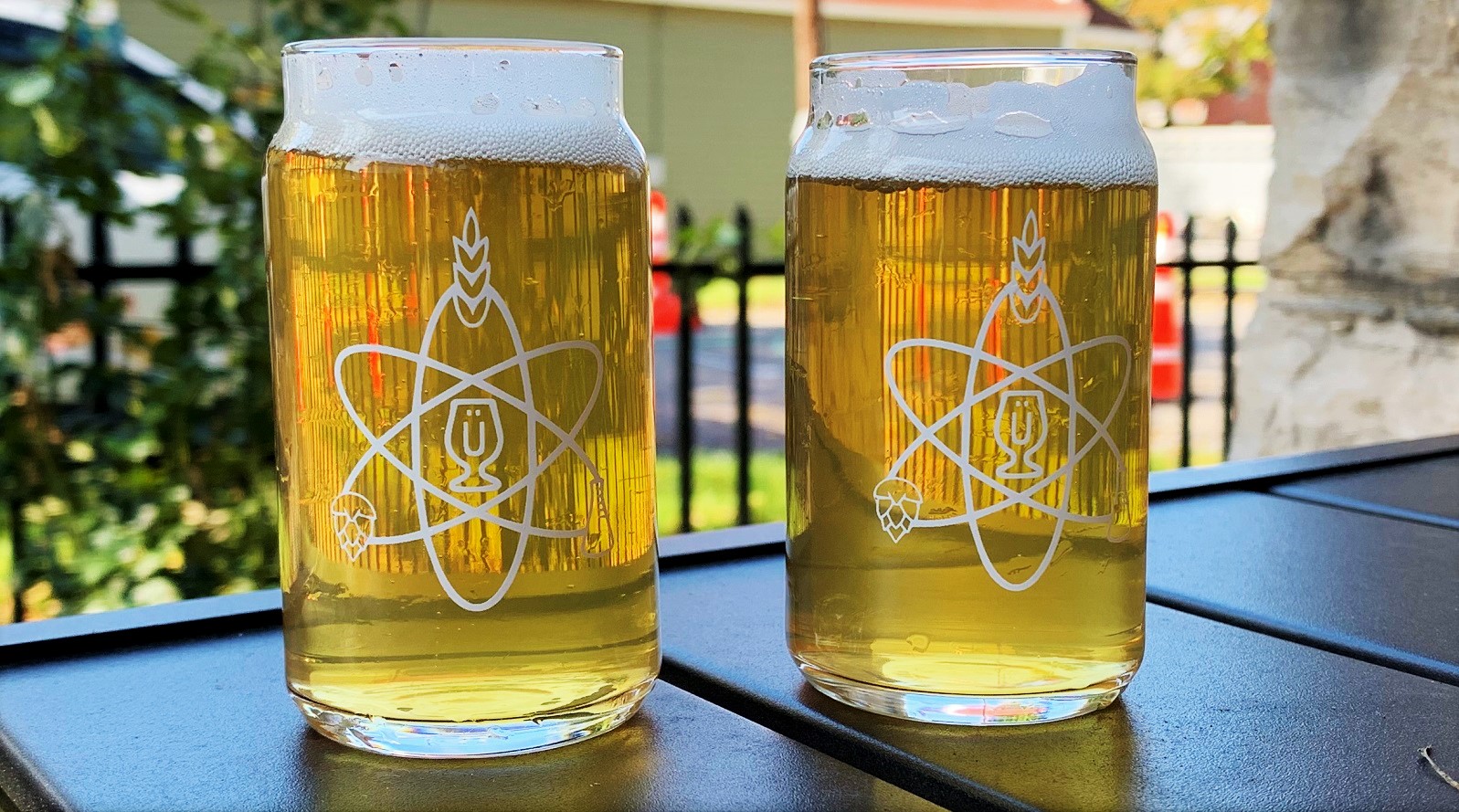
| RESULTS |
A total of 23 people of varying levels of experience participated in this xBmt. Each participant was served 1 sample of beer dry hopped with hop pellets and 2 samples of beer dry hopped with Hop Hash in different colored opaque cups then asked to identify the unique sample. While 12 tasters (p<0.05) would have had to accurately identify the unique sample in order to reach statistical significance, only 11 did (p=0.11), indicating participants in this xBmt were unable to reliably distinguish a Blonde Ale dry hopped with standard hop pellets from one dry hopped with Hop Hash.
My Impressions: Despite being completely aware of the variable and initially thinking I perceived a difference these beers, I was unable to consistently identify the unique sample in my own triangle test attempts, selecting it just 5 out of 8 times. If the type of product used to dry hop led to a difference, it wasn’t a very large one, as the beers were definitely more similar than not.
| DISCUSSION |
Despite beer consisting primarily of four simple ingredients, creative manufacturers continue to come up with new ways to present certain things that are often paired with the promise of some sort of improvement. Hop Hash is one such example, purportedly allowing brewers to impart beer with desired hop characteristics while adding a fraction of the plant matter, which can both increase yield and decrease the risk of vegetal off-flavors. The fact tasters in this xBmt were unable to consistently tell apart beers dry hopped with either pellets or Hop Hash of the same variety indicates both may be used to achieve the same ends, at least when used in identical amounts for dry hopping.
At face value, these findings seem to support the idea that Hop Hash can be used interchangeably with standard pellets while having minimal impact on hop character. A caveat to this xBmt is that the Hop Hash was used only in the dry hop and thus doesn’t address how this novel product would compare to pellets when used throughout the boil. Due to the higher concentration of alpha acids, less Hop Hash would presumably be needed to achieve the same level of bitterness as hop pellets, which may very well impact on the perceptible qualities of a beer.
All things considered, I really enjoyed the beer dry hopped with Hop Hash, it had all of the characteristics I expect from Centennial and was very similar to the beer dry hopped with pellets. The one issue I have with Hop Hash, and the reason I chose to only dry hop for this xBmt, is that instead of providing a definitive alpha acid percentage, it comes with a wide range of anywhere from 16 to 32%, making IBU prediction difficult. As such, I’ll likely reserve Hop Hash for later boil and dry hop additions in future batches, sticking to clean high alpha pellets for bittering, which I think capitalizes on what this new product really has to offer.
If you have any thoughts about this xBmt, please do not hesitate to share in the comments section below!
Support Brülosophy In Style!
All designs are available in various colors and sizes on Amazon!
Follow Brülosophy on:
FACEBOOK | TWITTER | INSTAGRAM
If you enjoy this stuff and feel compelled to support Brulosophy.com, please check out the Support page for details on how you can very easily do so. Thanks!


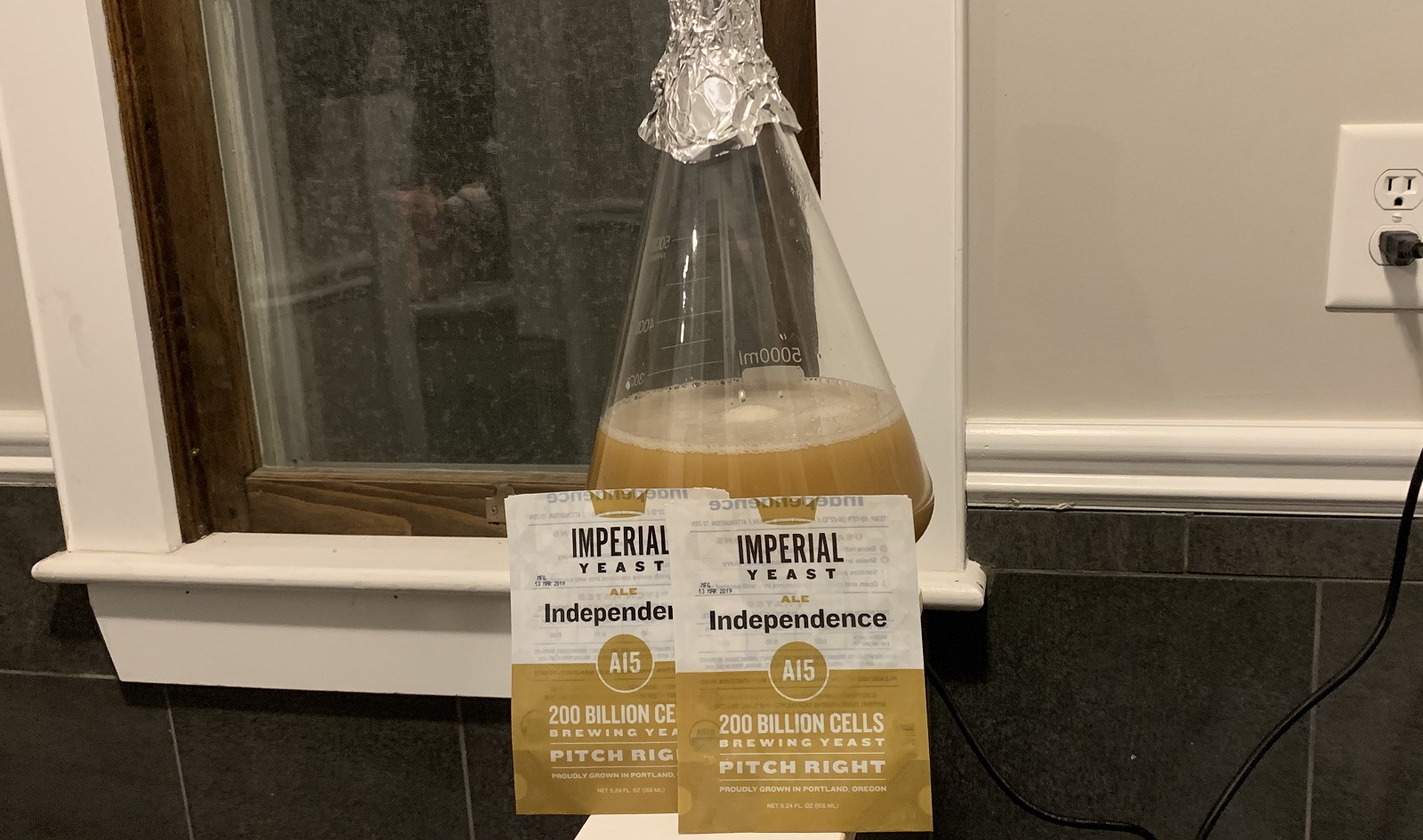
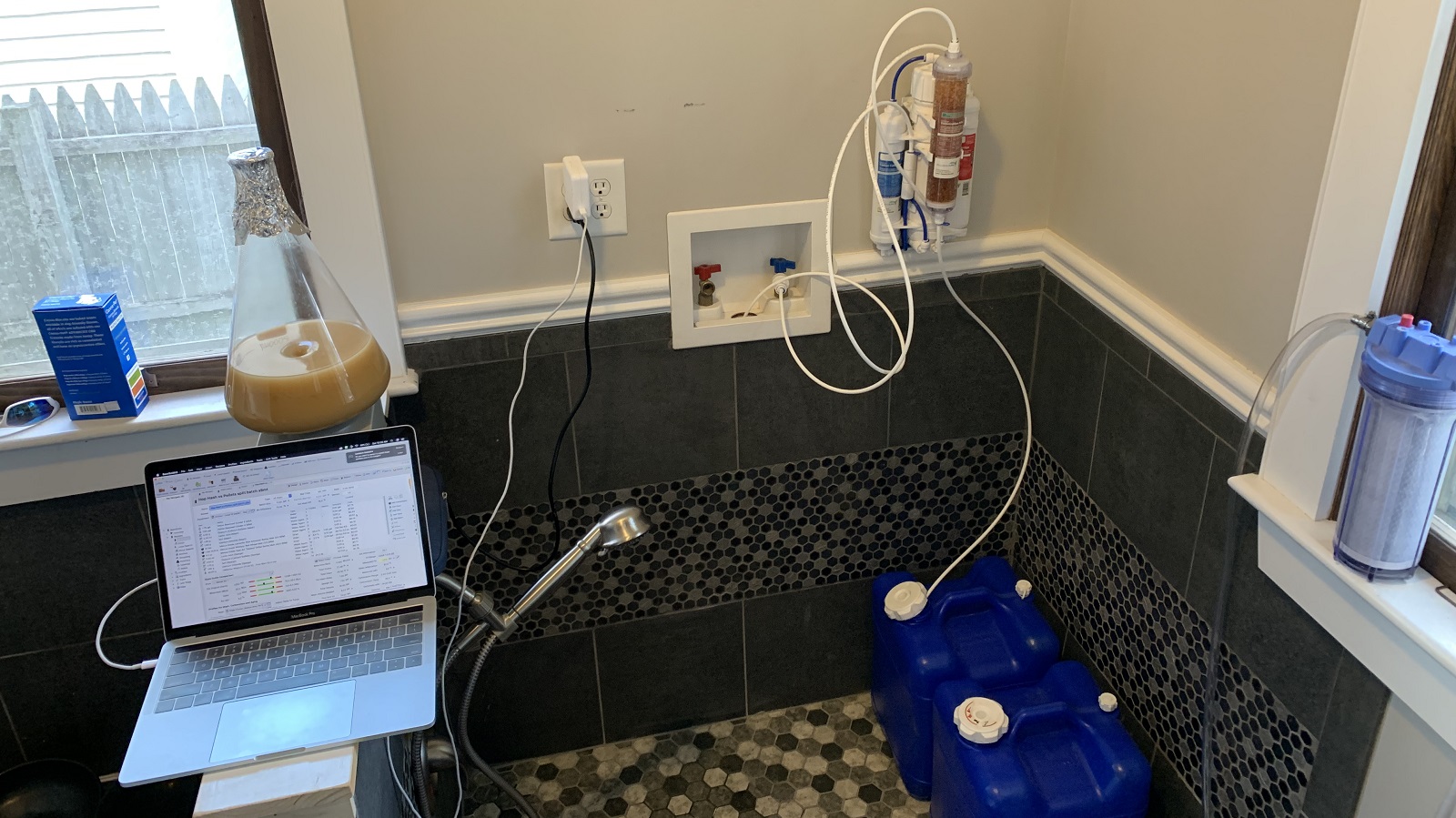
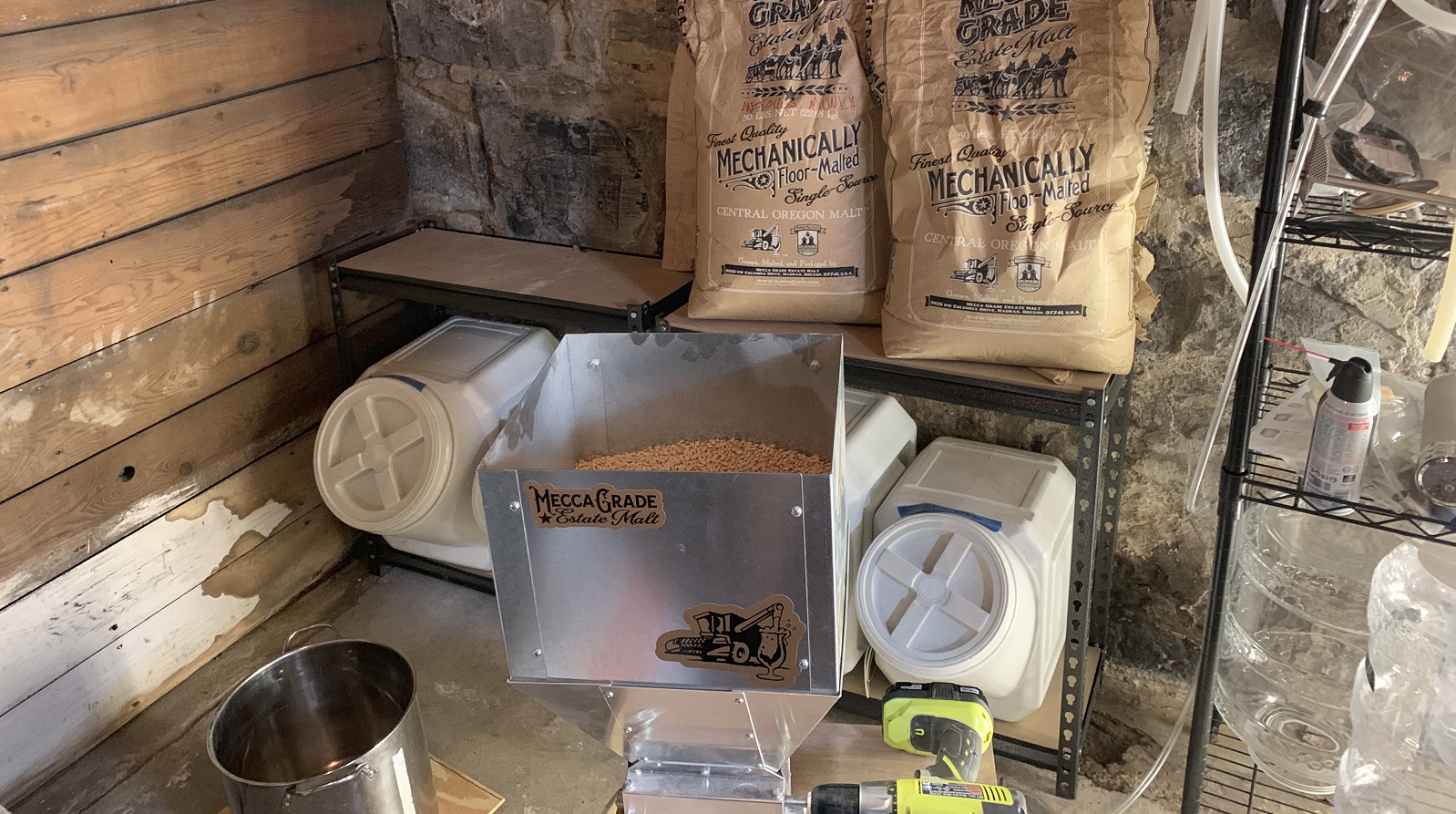
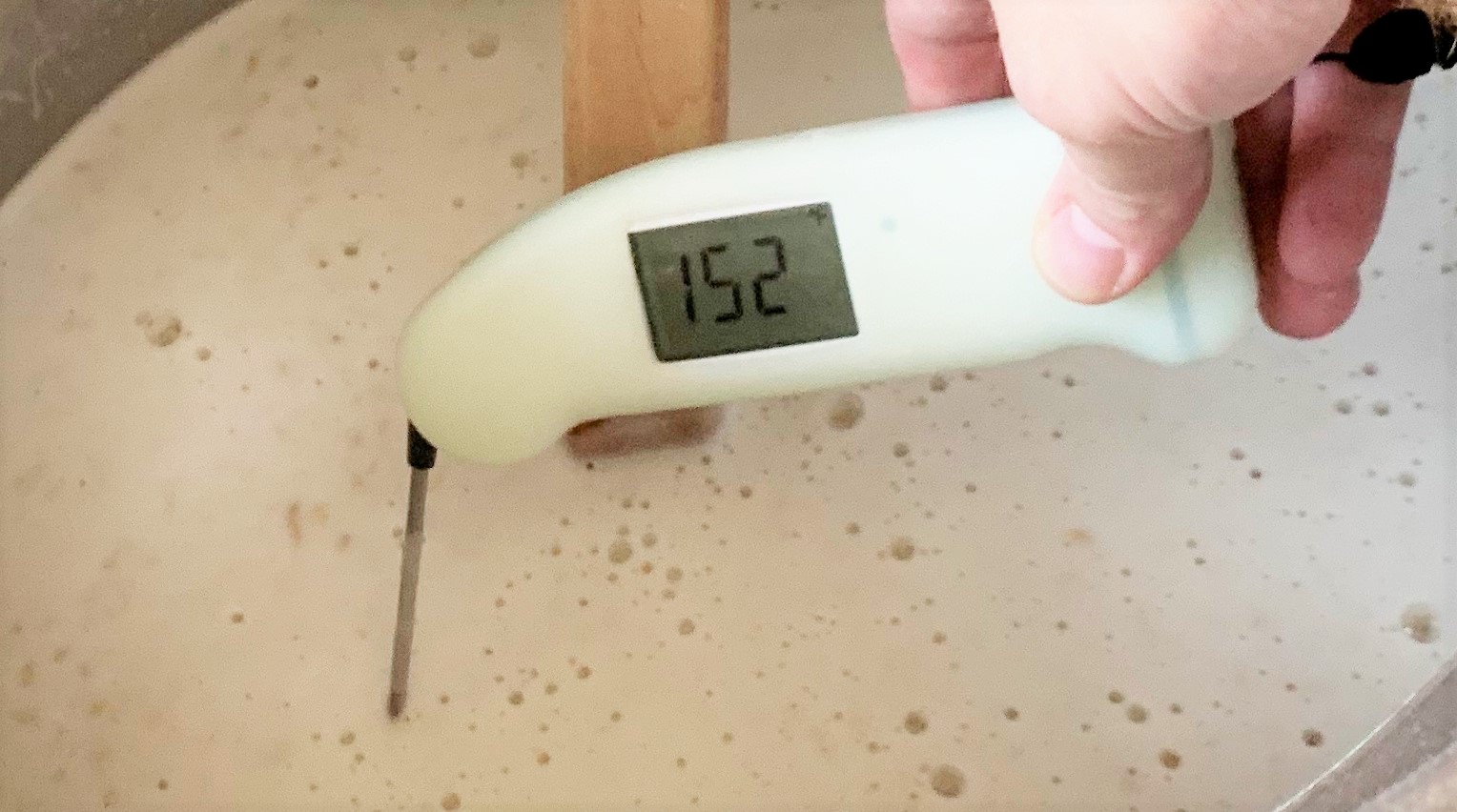
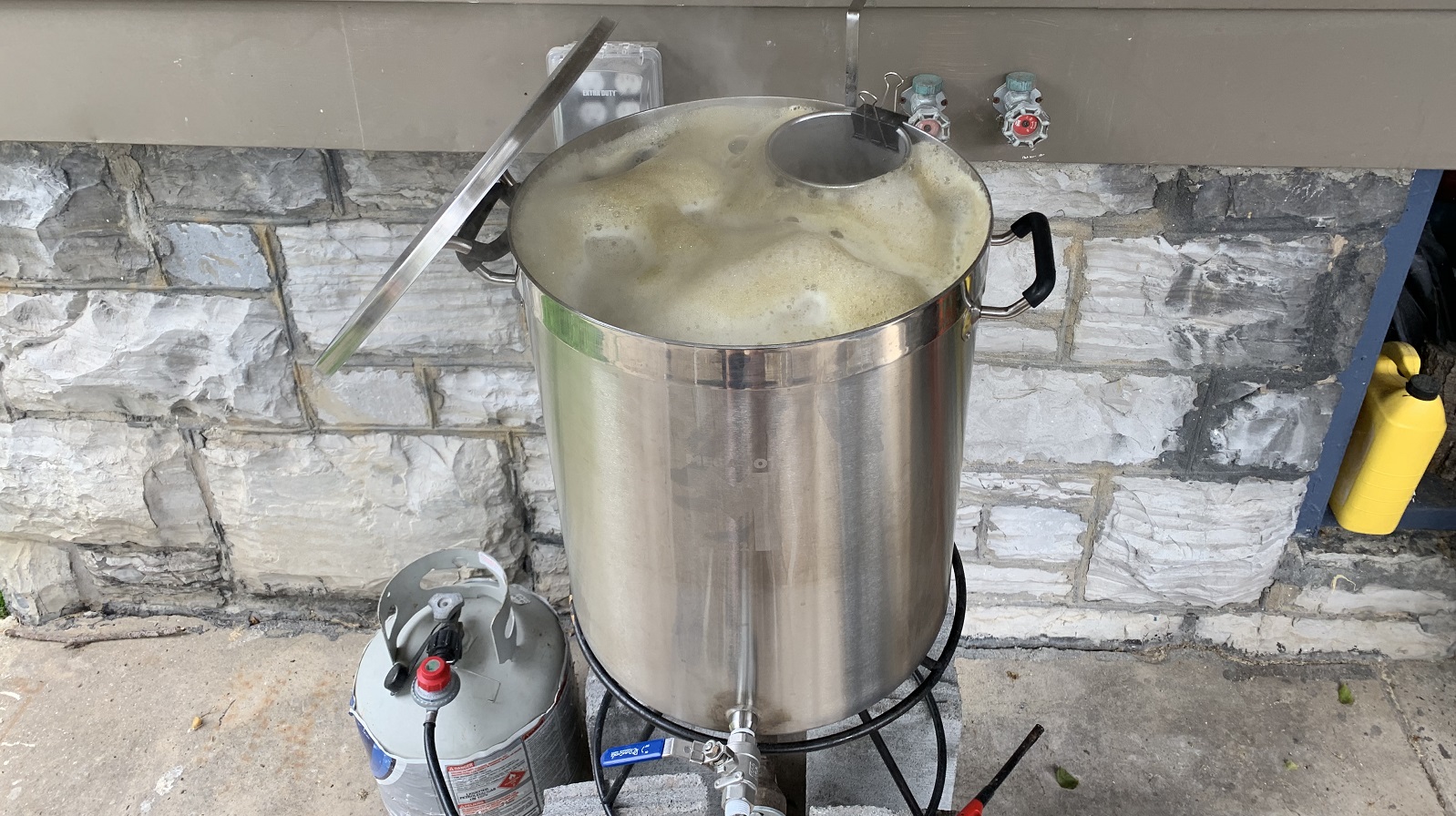
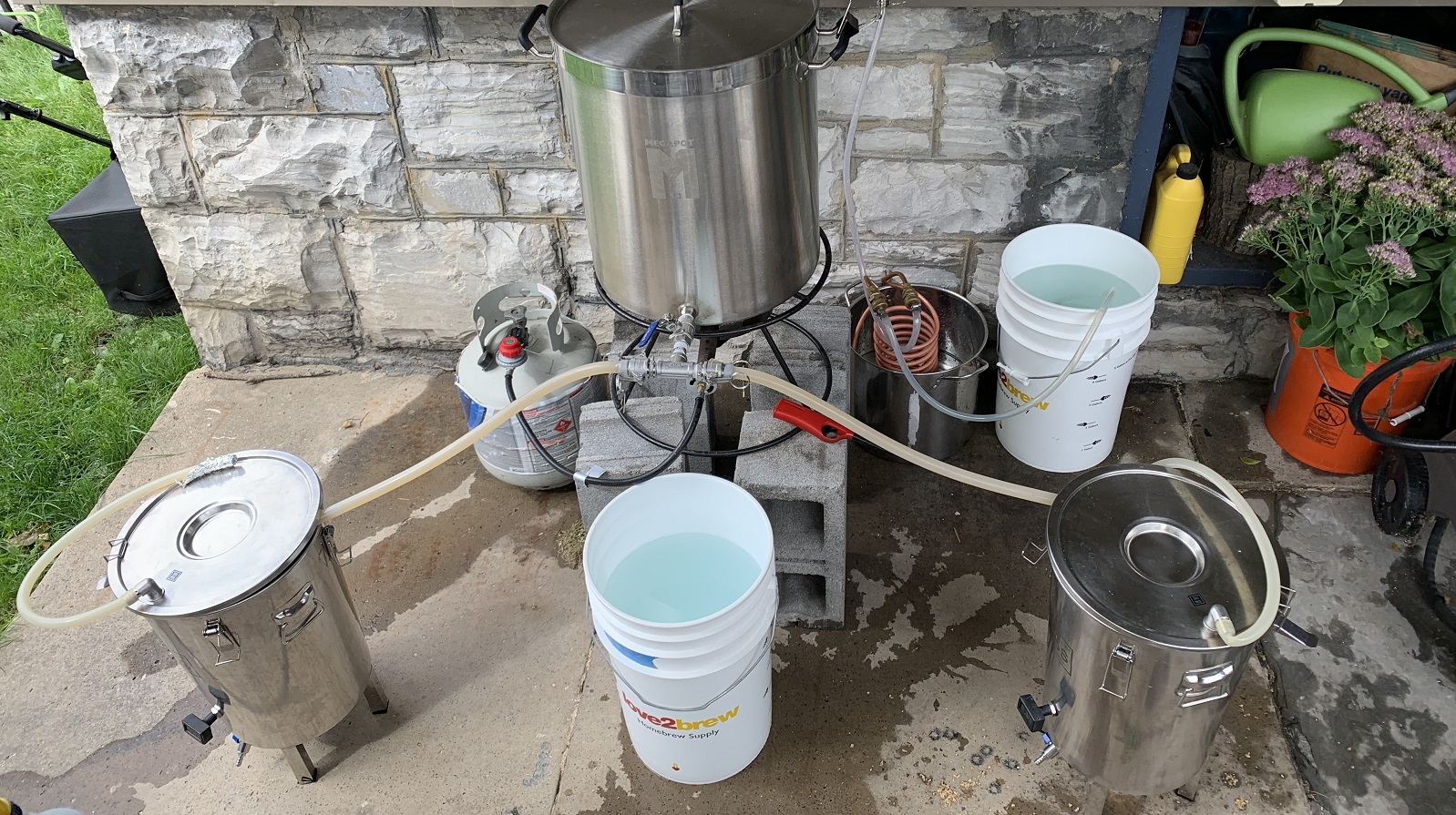
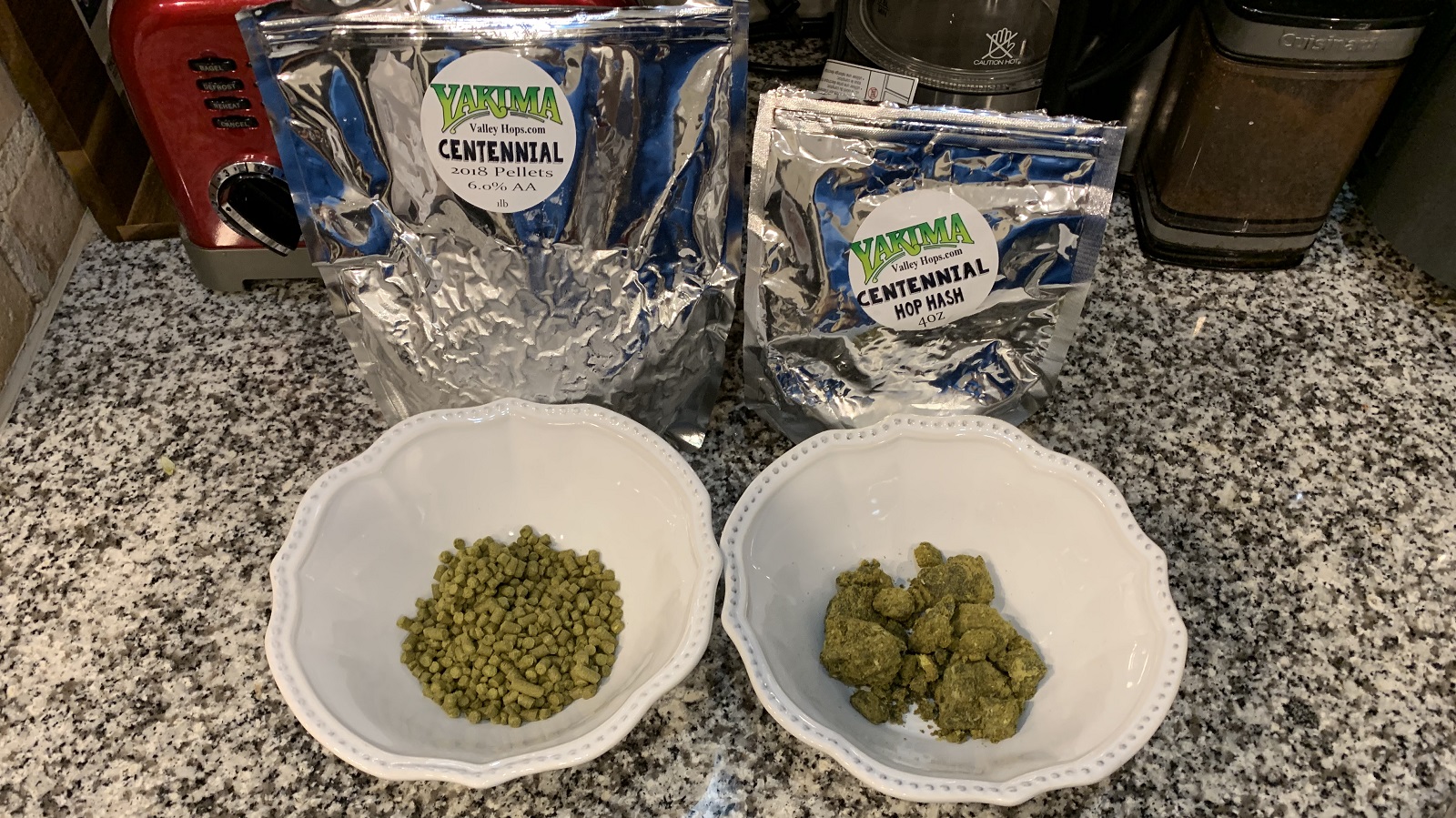
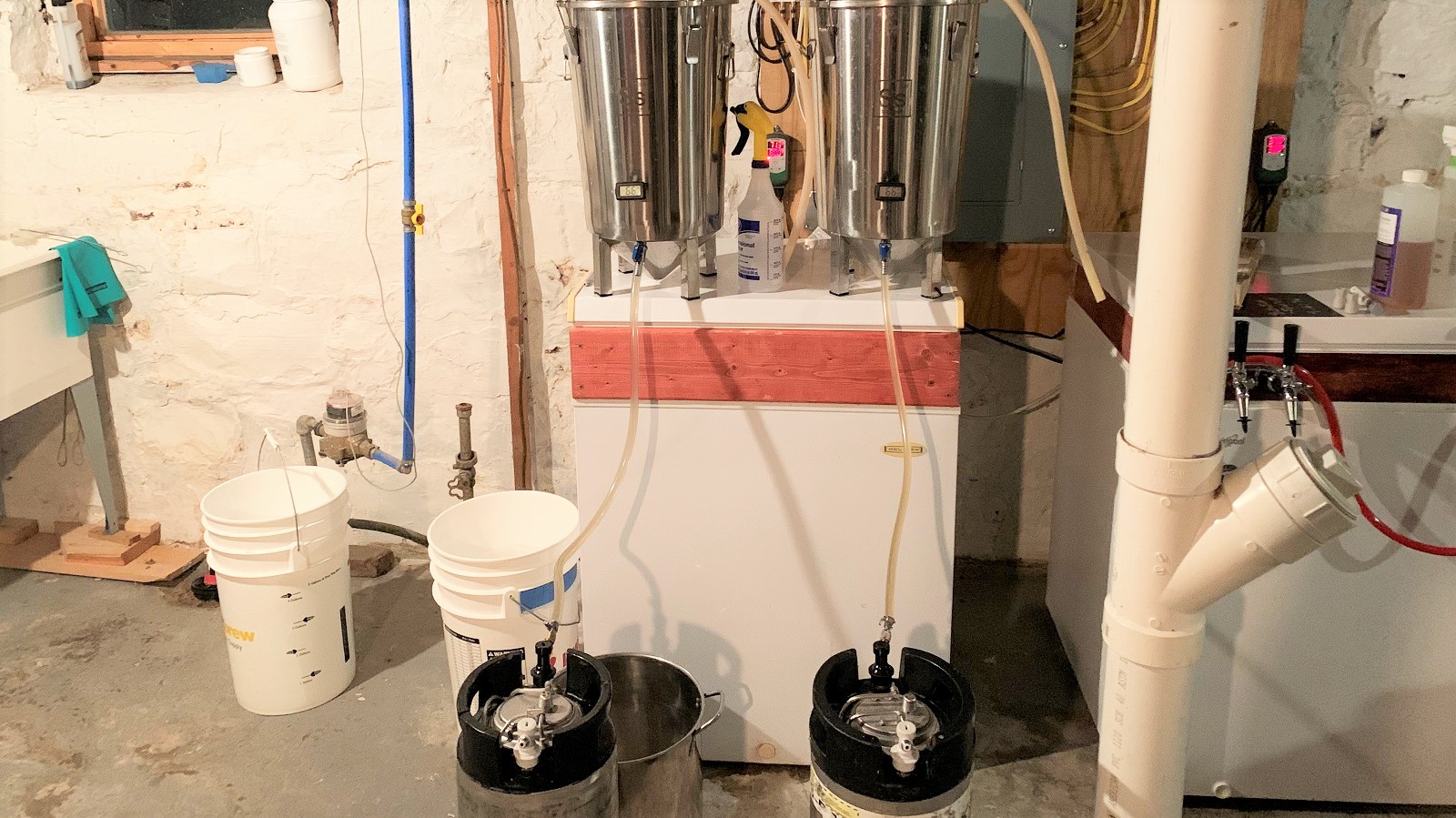










14 thoughts on “exBEERiment | Hop Pellets vs. Hop Hash When Used To Dry Hop A Blonde Ale”
Would be interesting to know if hop hash can be used without mesh bags and without cold crashing for dry hopping, due to it’s low amount of vegetal matter.
It looks to be really similar to hop pellets, maybe a bit chunkier. I’d wager that it has the same capacity of clogging.
I have used a similar product, CryoHops, for dry hopping with no mesh bag. Because the AA% (and cost) were both double the hop pellets, I used half the amount of cryo hops as the amount of pellet hops I would have used. There was zero visible plant matter in the fermenter, to the point I questioned whether I had forgotten to add them. Flavor/aroma were what I expected. I was quite pleased and will be using them a lot for NEIPA etc.
Maybe I missed it in the write up, but did both batches receive the exact same mass of dry hops? Or did you attempt to scale back the hop hash to match the flavor extraction from pellets?
If they both received the same mass of hops, I don’t see a lot of advantage in using the hop hash. Especially considering hop hash is usually about twice as expensive as pellet hops.
Looks like there was an issue with the recipe scaling! Yeah each beer got either 56 g of pellets or 56 g of hash. I think this product would work really well on the hot side. I’m looking forward to seeing it does in lieu of lots of late addition pellets.
Did this beer really have 96.7 IBU? Seems very high with a BU:GU ratio of 1.88.
Nope! It was like 25ish if memory serves. I’ll have a look at the recipe that was uploaded soon (currently on infant duty!)
Small error in your recipe – states 8 day boil rather than 8 day dry hop!
Yeah and it’s still only 96 IBU despite the 8 day boil!
Working on a fix 😉
I think we may be in the realms of dry beer hash at that rate. I can only imagine the intense yummy flavours 8 days of boiling would produce! I say next experiment should be 60minutes Vs 8 day boil!
so were the sedimentation qualities and volumes soaked up by the hops similar? I can’t really tell from the pictures…
the write-up states that author was interested in how the hop hash could “increase yields while dry hopping.” It would be interesting to actually quantify this. On a broader, but very much related note, maybe, as a whole, brulosophy should consider other means of evaluation along with taste tests. It would open up the type of questions you could ask. It would be fun to see some actual hard data too!
Great work! I am curious if there will be any difference between using refined hop oils vs hop pellets. Apparently hop oil extract has no chlorophenols so it would lead a cleaner hop flavor, and no losses to trub
We tried that one too! Curious lab results, though. Definitely worth a redo at some point.
https://brulosophy.com/2019/03/04/bittering-hops-t-90-pellets-vs-hop-extract-exbeeriment-results/